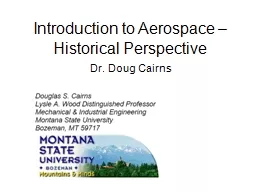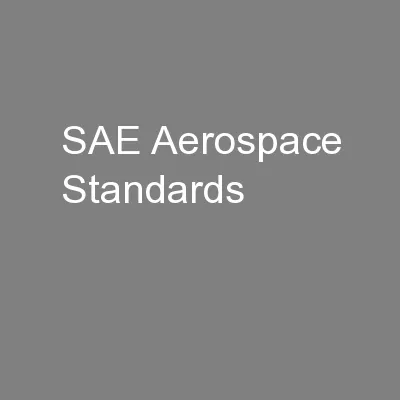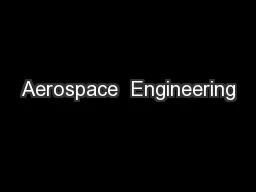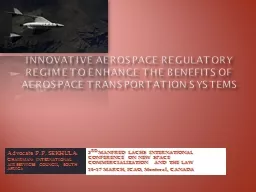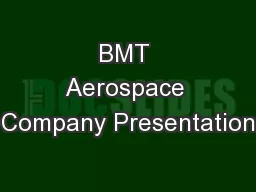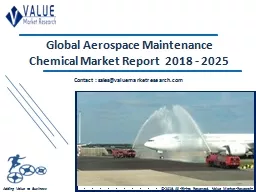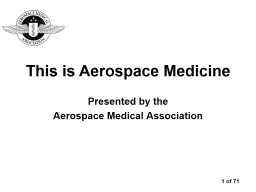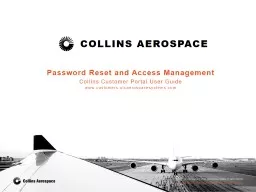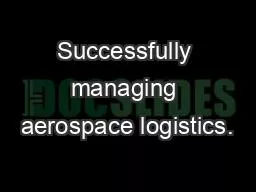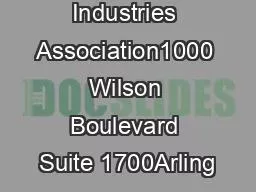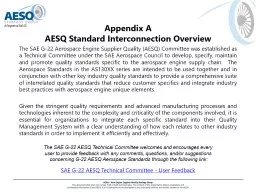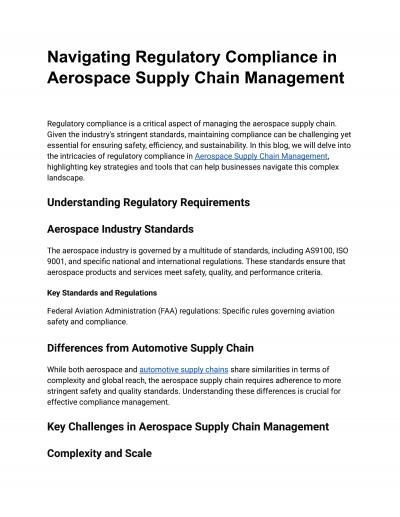PPT-Introduction to Aerospace – Historical Perspective
Author : test | Published Date : 2017-05-13
Dr Doug Cairns 2 14 For the Next Few Slides Basic Physics of Flight Whats happening during a flight Rule of Thumb airplane design 2 15 Basic Forces Lift Weight
Presentation Embed Code
Download Presentation
Download Presentation The PPT/PDF document "Introduction to Aerospace – Historical..." is the property of its rightful owner. Permission is granted to download and print the materials on this website for personal, non-commercial use only, and to display it on your personal computer provided you do not modify the materials and that you retain all copyright notices contained in the materials. By downloading content from our website, you accept the terms of this agreement.
Introduction to Aerospace – Historical Perspective: Transcript
Download Rules Of Document
"Introduction to Aerospace – Historical Perspective"The content belongs to its owner. You may download and print it for personal use, without modification, and keep all copyright notices. By downloading, you agree to these terms.
Related Documents

